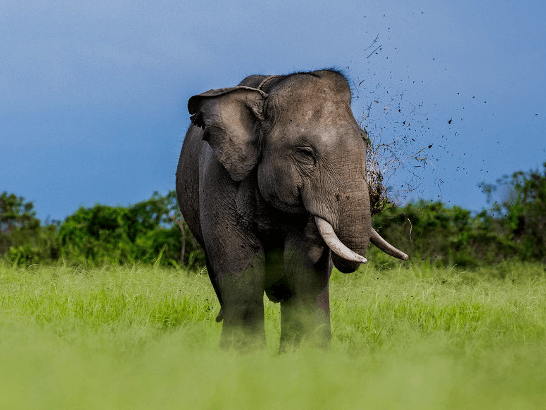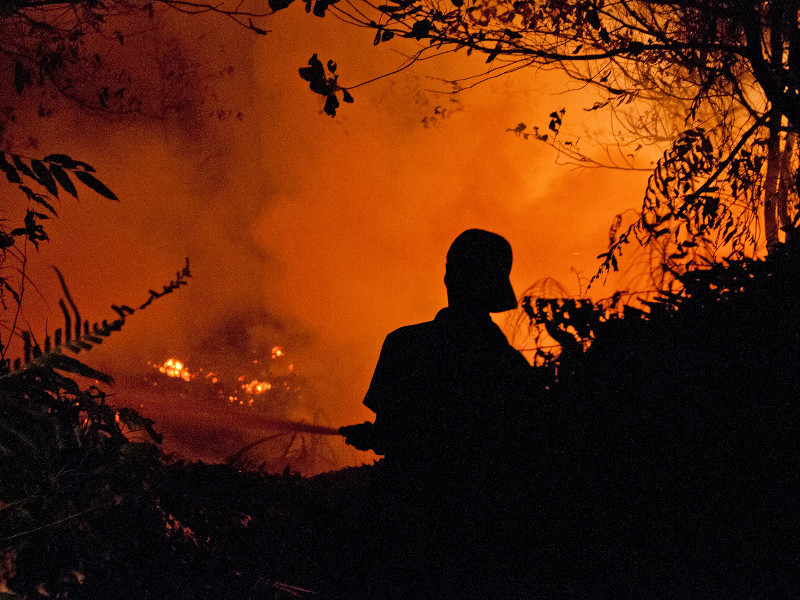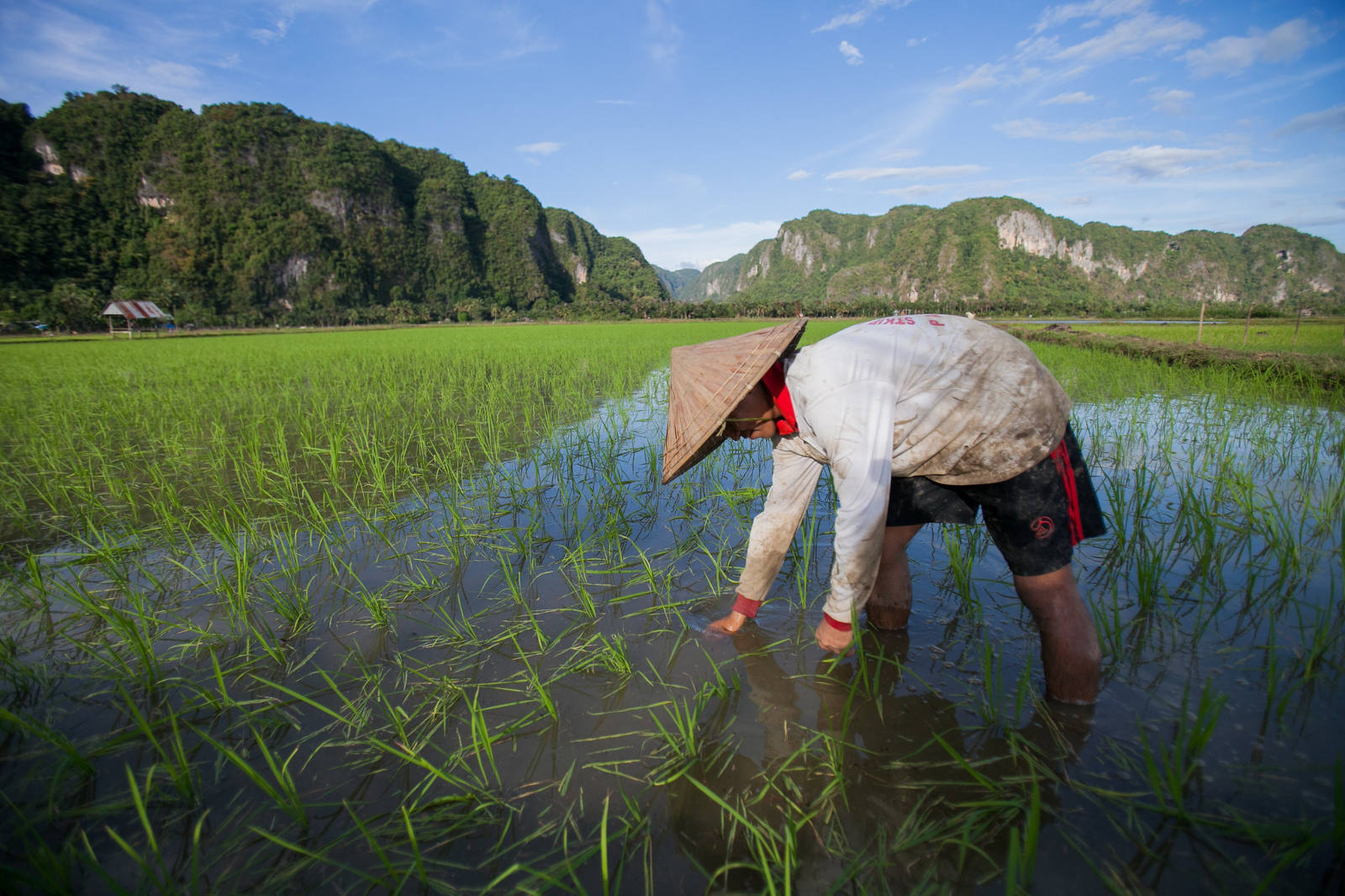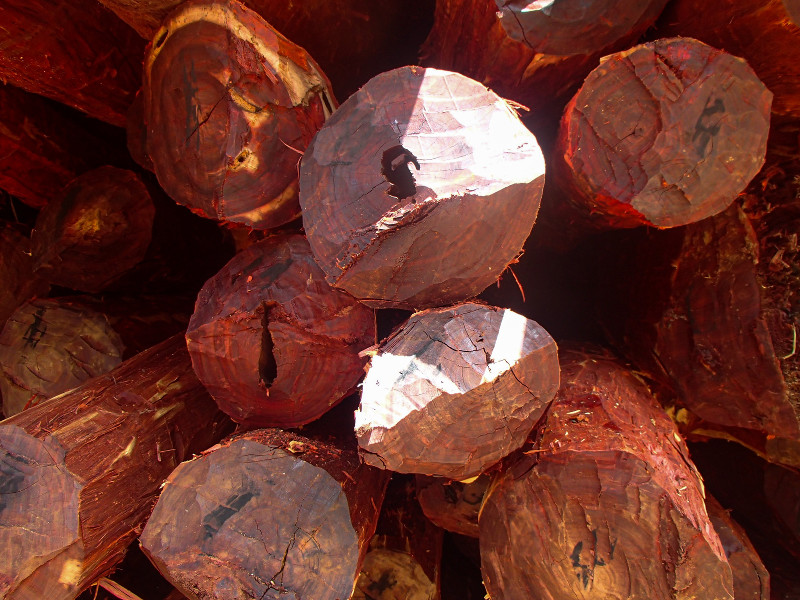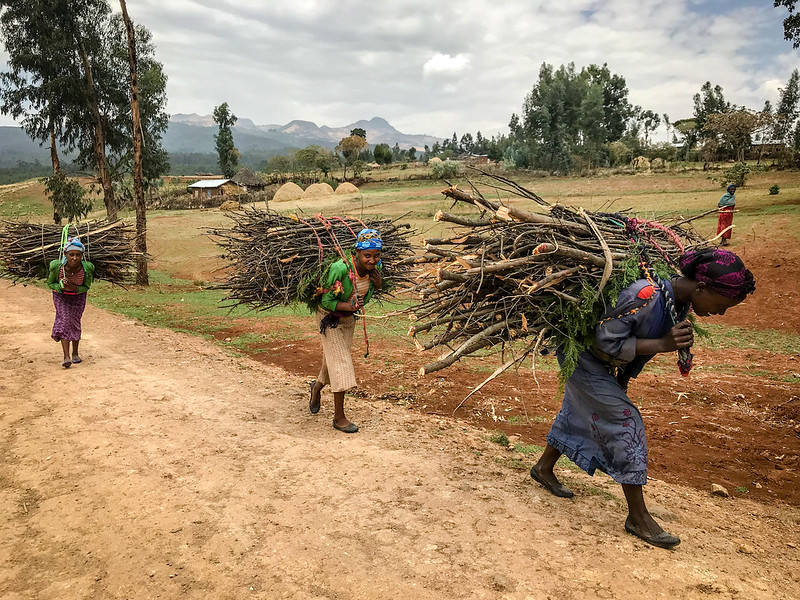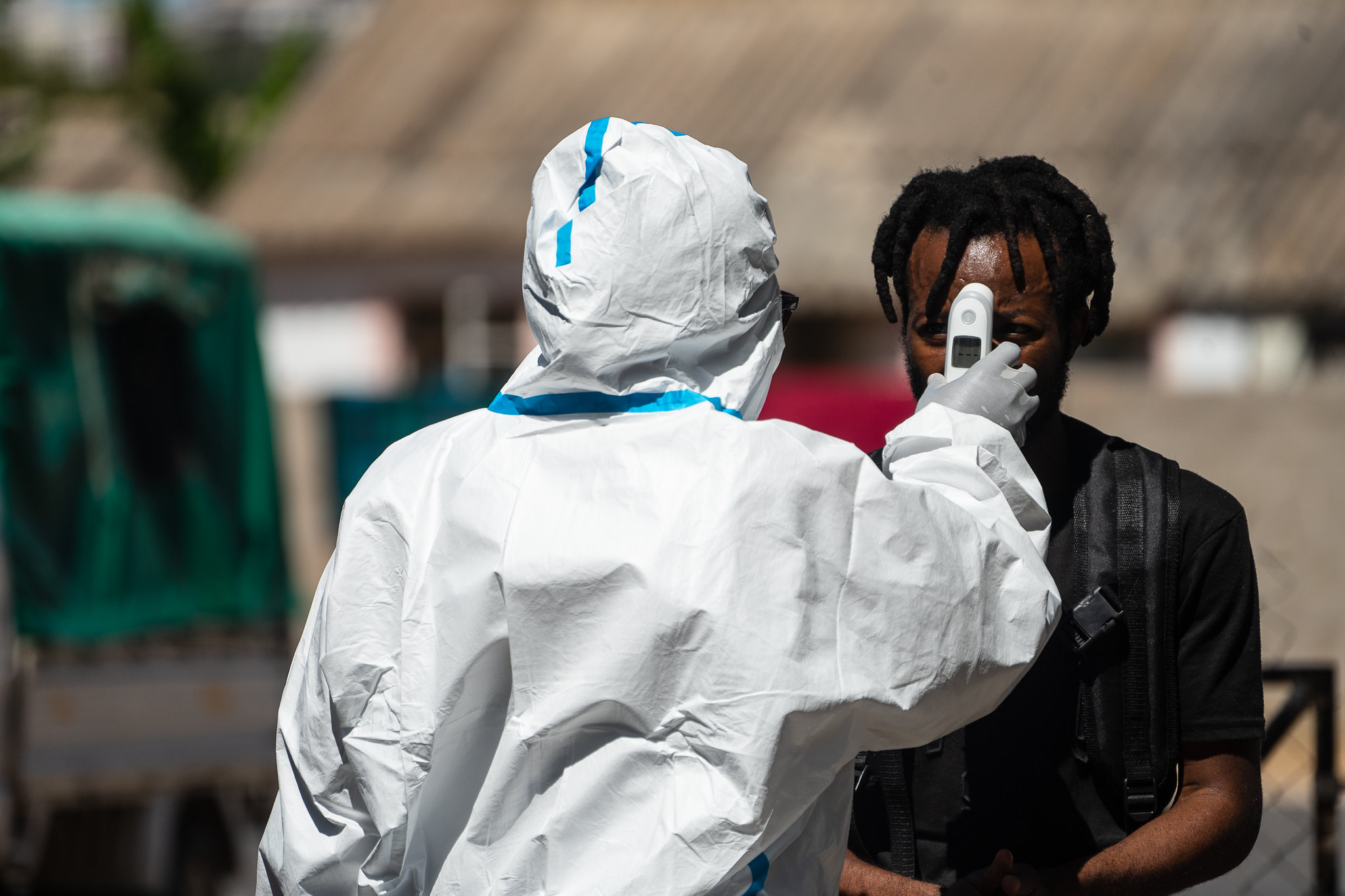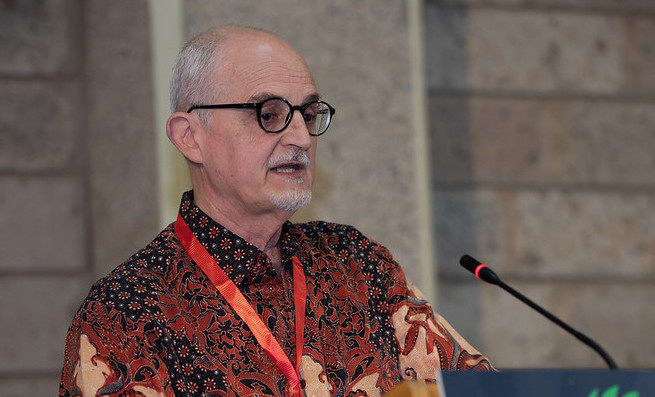Description
"Essential Ecosystem Areas" (EEA) is being established as a policy in Indonesia to expand protection for conservation areas at sites beyond the classical domain of the conservation bureaucracy. The policy motivation is from recent global research identifying high conservation values located outside of formally designated conservation areas. EEA policy provides a foundation for justifying conservation practices at sites based on high biodiversity indicators, but which might not have previously held formal protections. Limestone hills, generally outside conservation areas, are high on the list of ecosystem to study priorities.
Carbonate substrate and limestone outcrops are spread throughout South East Asia, and steep limestone hills ('karsts'), are prominent landscape features in almost all countries and islands of the region. They mainly occur at low elevations, except in Papua and the Moluccas where they outcrop up to 3000 m asl. Although their total area is relatively small, they harbour unique and very fragile ecosystems. Their high rate of endemism, and the natural beauty of their sceneries, make them a priority for conservation, but most ranges are located outside reserves. The most negative impact is their use as quarries for the cement industry, but also their vulnerability to fire, which create irreplaceable loss of forests and soils.
Karst mountains have a wide variety of habitats, depending on the slope, soil thickness, the nature of the limestone rock itself, especially its purity, and the history of the erosion processes. Although some of the most unusual vegetation types, plant species and fauna are found on these karst landscapes, it can be said that the forests types and plants are remarkably poorly known. This lack of knowledge impedes management and conservation efforts and while habitats are lost so are our prospects to learn from them.
On Seram Island (Moluccas) limestone formations are covering large areas and they stretch from sea level to 3000 m elevation, a rather unique situation in the tropics (only shared with Papua). The present project aims to map the limestone karst hills and surrounding landscapes of Central Seram at large-scale, in line with government regulation of mapping districts at 1:50,000 scale (circa 40 sheets). Besides the ecological mapping, detailed analysis of the vegetation gradient from sea level to high elevation will establish baseline data for future management of the area, including the Manusela National park.











